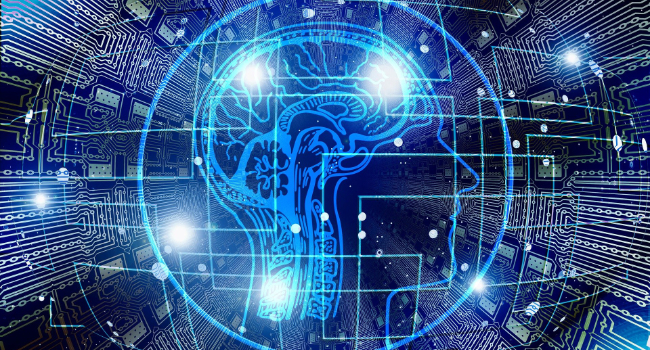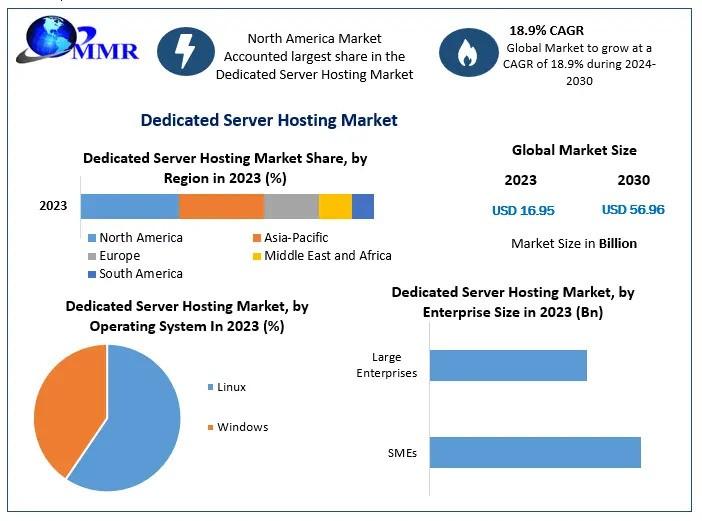
AI on the Edge
Are AI-based analytics best processed in the cloud, on the edge or on a dedicated server? The answer Is “It depends.”
Discussions about the merits (or misgivings) around AI (artificial intelligence) are everywhere. In fact, you’d be hard-pressed to find an article or product literature without mention of it in our industry. If you’re not using AI by now in some capacity, congratulations may be in order since most people are using it in some form daily even without realizing it.
When it comes to security, you have probably heard that AI is here to stay. It is the perfect assistant to security teams that cannot possibly watch all the video streams being generated by an organization 24/7/365. And it is certainly the only thing that can stay awake doing it. When we think of AI in physical security cameras, we mainly think about its ability to recognize and describe known objects such as people and vehicles.
That ability to recognize and describe unique attributes about an object such as a person’s shoe color, and whether they are carrying a bag or wearing a hat is extremely valuable to inform our analytics. The analytics algorithms benefit greatly the more a smart camera can tell them about the characteristics of the person who is standing outside a loading dock at 4 a.m. It is this marriage of AI-based object recognition and analytics that is revolutionizing our industry by helping security teams be more proactive to potential threats versus simply reacting to events that already happened.
AI will soon be commonplace in most every surveillance camera model offered for the simple reason that it makes such cameras smart, IoT devices. It’s a value-added feature that we’ll soon wonder how we ever lived without it since there are more cameras deployed than can be possibly monitored by human operators.
Not all AI is equal however, because there are different methods and models available to sort through the information that is harvested. One of the biggest differences is where the AI processing is done. Is it in the camera itself (also known as the edge) or is it on a server on premises? Maybe it is not on site at all and is being processed in the cloud? Where the information is processed can have a significant impact on the type of results obtained and the speed in which those results are available.
Edge, Cloud or Dedicated Servers? That is the question.
Running AI on the edge, in the cloud, or on dedicated servers each have their own set of advantages and considerations. Choosing between these options depends on the specific use case, processing requirements, and limitations of the infrastructure used to transport the data.
For example, it might be OK to send all your video streams to the cloud to run AI analytics for 10 cameras, but what about 100 or 500 cameras? With more raw video feeds travelling over the wide area network, the costlier it is going to be in terms of bandwidth and server load. Of course, the cloud is known for its scalability, but decompressing a compressed stream of video and running it through AI-based analytics all takes time which can lead to latency and delays when you need to react quickly to an important event where seconds count.
http://securitytoday.com/articles/2023/11/13/ai-on-the-edge.aspx?m=1






